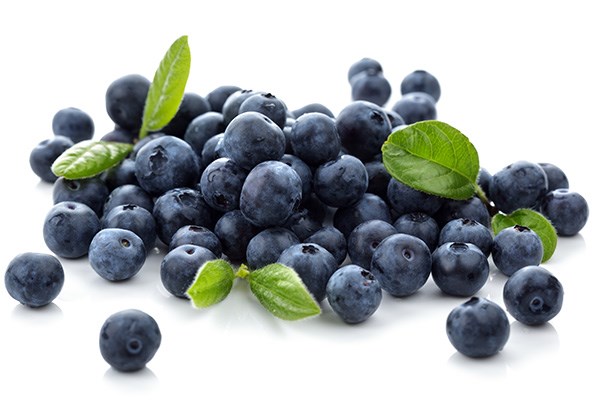Who doesn't like blueberries? Fresh is always best, and if you haven't had a chance to grow your own, why not give them a whirl this season?
When blueberries were compared to 40 other types of fruit and vegetables, they tested out at No. 1 in health-benefiting anti-oxidants. They help neutralize harmful byproducts of metabolism, otherwise known as free radicals. Many health experts link free radical activity to cancer and age-related diseases. Better start eating your blueberries.
Blueberries are made to grow in the Pacific Northwest. They love our naturally occurring acidic soil and like to be planted in areas that are rich in organic matter. Try to avoid manure when you amend the soil.
Blueberries are technically self fertile, but it aids in production and pollination if you plant two or more different varieties. All berries grow best in full sun, so avoid planting blueberry bushes in shaded areas. It is also a good idea to choose cultivars that mature at different times. By doing this you can extend your berry harvest from early until late in the season.
The wonderful thing about blueberries, aside from being delicious, is that they are highly ornamental. They produce tiny white or pink blossoms in the spring, and usually have a wonderful foliage change in the fall.
The one thing blueberries don’t like is poor drainage. Make sure to site them in a well-draining location. Blueberries have a shallow, fibrous root system, and once they are planted, need uniform and regular watering. On average, a plant needs an inch of water per week, so if we experience dry conditions you will have to use supplemental irrigation. The most important time to stay on top of watering is once the berries start to swell, until they are harvested.
If you don’t have a lot of space or want to grow blueberries in a pot, look for some of the dwarf varieties. “Tophat” is among the smallest at 18 inches. Despite its small stature, once established, it can produce up to five pounds a season. “Sunshine blue” is a little taller at 36 to 48 inches and can sometimes be semi-evergreen in our climate. The '”Northsky” is also dwarf and handles areas that are a little bit cooler.
Blueberries are an amazing, edible ornamental that will provide you with years of enjoyment in the garden.



